8 Things Every Designer Needs
Every profession, be it a designer, an architect or a cook, has its own set of necessary tools. But what are the most important tools for a graphic designer? What does a graphic designer use to do their job well? I know very well that, if you are reading this article, you are most likely already a graphic designer and you already know the essential tools and things with which you work in this profession. Those tools will be the focus of this article. Whether they’re obvious or not, they’re worth talking about. These are the 8 things every designer needs:
1. A computer (duh)
The first point is pretty obvious, isn’t it? Every graphic designer of this century spends almost more time in front of a screen than sleeping. The computer is a crucial element of work as a creative person, as it is for anyone who works in the industry of the creative world.
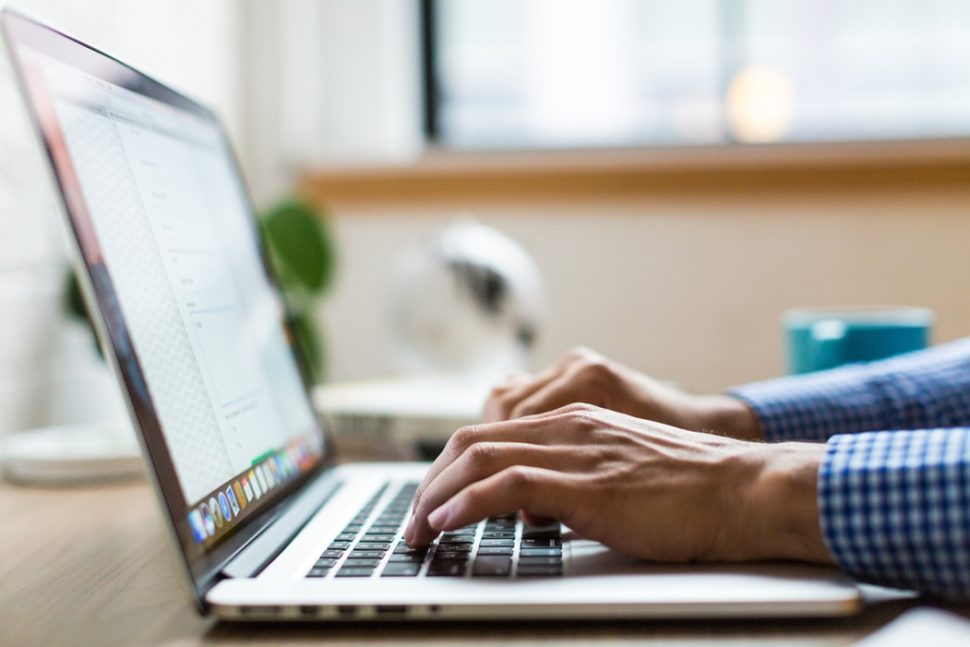
But with the computer, the right programs are needed. As a graphic designer, you will probably end up using more online tools than you can count. We won’t really mention online tools in this list other than this mention, but it’s important to note why you computer is so important.
2. A smartphone
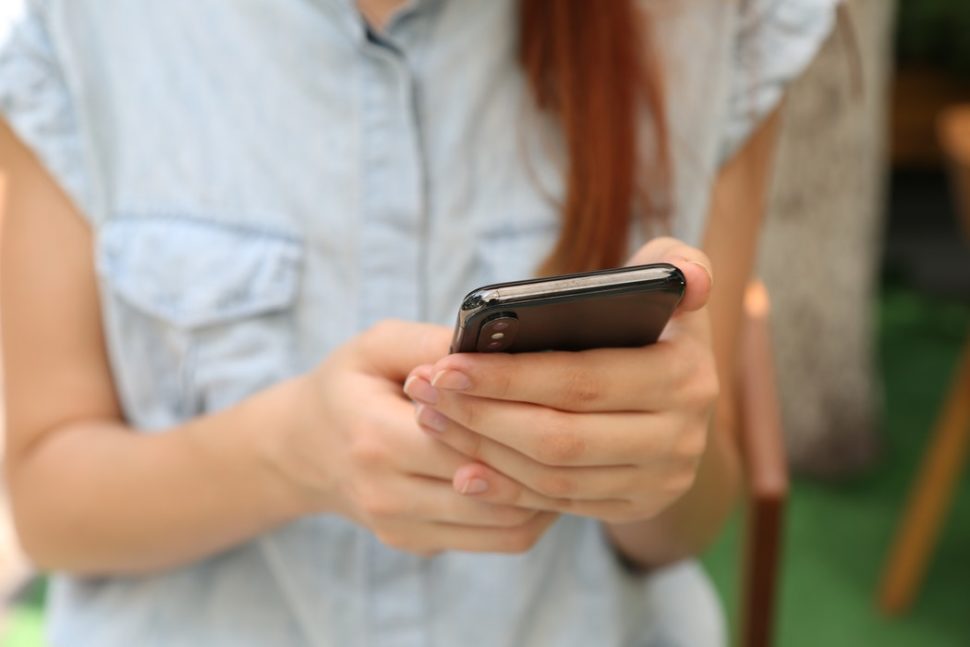
Smartphones are a busy person’s answer to pretty much everything. Smartphones are great for reading and sending messages, emails, or taking important phone calls.
A smartphone, however, also has a very important function for us designers: the camera! Yep, that tiny little lense that you use to upload your dog to Instagram can also be used in your graphic design adventures. You can use it in many ways such as photographing something like a poster, a texture or anything else that inspires us, then creating a note on Evernote and quietly reviewing it at home.
One of the best uses I make of it in the workplace is to photograph a drawing or a sketch I just made. When I have to vectorize on Illustrator, I then pass it on the computer via DropBox or AirDroid. This technique incredibly speeds up my manufacturing process! In a matter of seconds, I transferred my drawing made on a sheet of paper to the Illustrator workspace, ready to be traced and transformed into a vector!
Another very useful application on my phone is Wunderlist, which allows me to organize to-do lists.
3. A trustworthy Moleskine
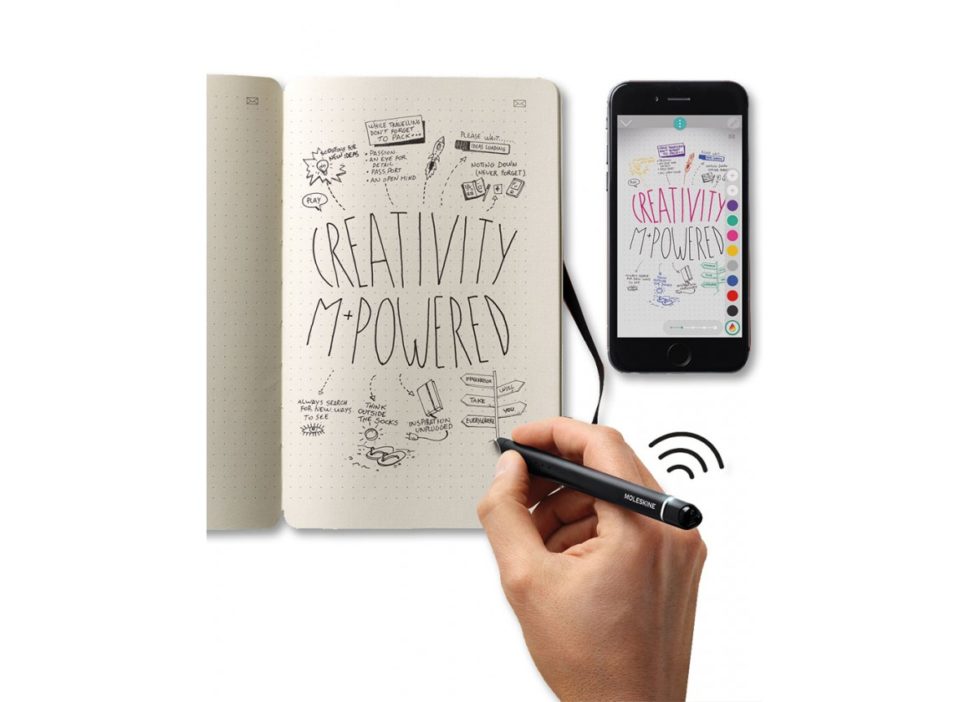
Believe it or not, not every graphic designer is a great drawing. Because our designs are mostly digital, the skill required to make perfect hand-drawn sketches isn’t necessarily required. But, that doesn’t mean that drawing isn’t a useful skill to have. After all, most designs usually start with a sketch.
So why the Moleskine? Well, because it’s convenient! You can put it in your backpack and draw on it at any time and in any place. You can almost think of it as a pocketbook that contains drawings instead of money.
4. A graphics tablet
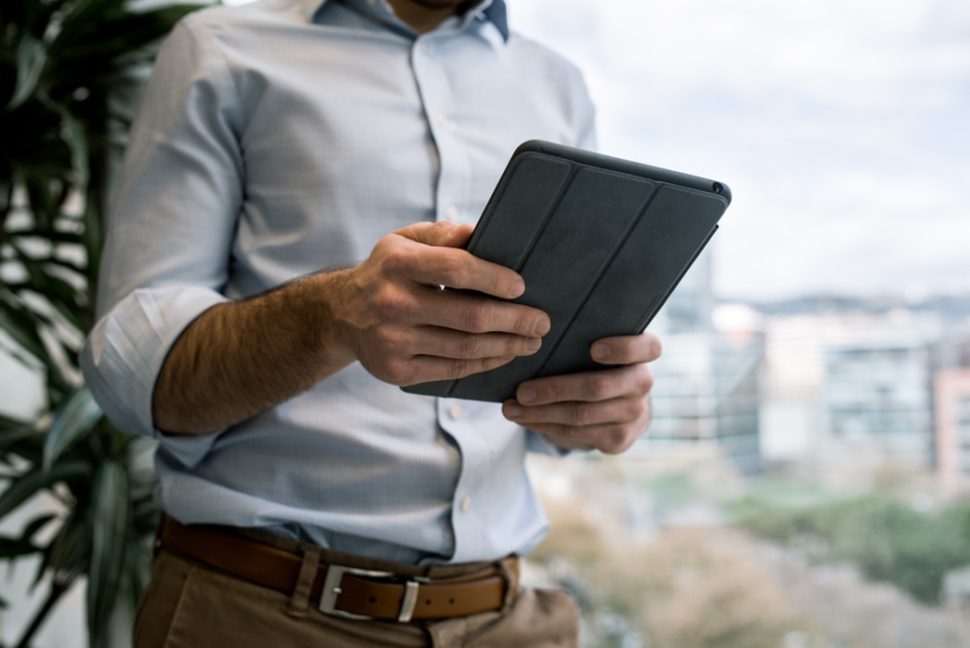
To be honest, a tablet isn’t 100% needed, but it’s super convenient. It’s fast, portable, and it gets little tasks done. Plus, they’re usually capable of running tools like Photoshop or InDesign.
There are lots of tablets to choose from out there, and that list seems to get bigger year after year. Of course, not everyone’s budget allows for such a tool, but there are quite a few that are on the more budget-friendly side of the fence. Bottom line is that if you can afford one, you’ll definitely find a use for it.
5. Books, many books
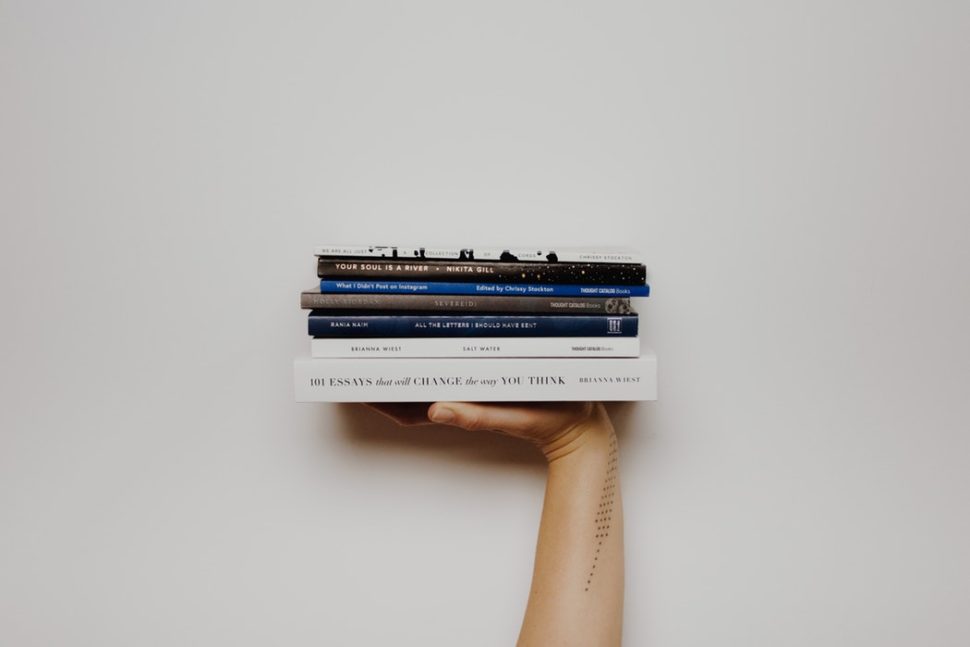
There are lots of people out there that are designers, but don’t have a degree. To be honest, in this day and age, it’s not mandatory. There are lots and lots of ways you can get the same education you would get in college, but without taking the courses.
And how do you study without attending courses? Reading!
This is not meant to convince you to not further your education. This is simply an alternative for those who choose not to go to college.
Read, study, repeat.
6. A portfolio
Until a few years ago the portfolio was the paper collection of projects to show to possible clients or employers to get a commission or get a job. In my opinion, this system, this way of doing things, is outdated today. The internet has fortunately changed everything and a graphic designer must have an online portfolio.
There are mainly two options:
The first is to create your own website: buying the domain with your name and surname or with the name of your agency and building the website on it. If you don’t have one yet, find out how to create an online portfolio!
The second is to exploit the Behance platform. A free platform that allows you to upload your best works and to receive and give feedback from other creatives like you.
7. A good online presence
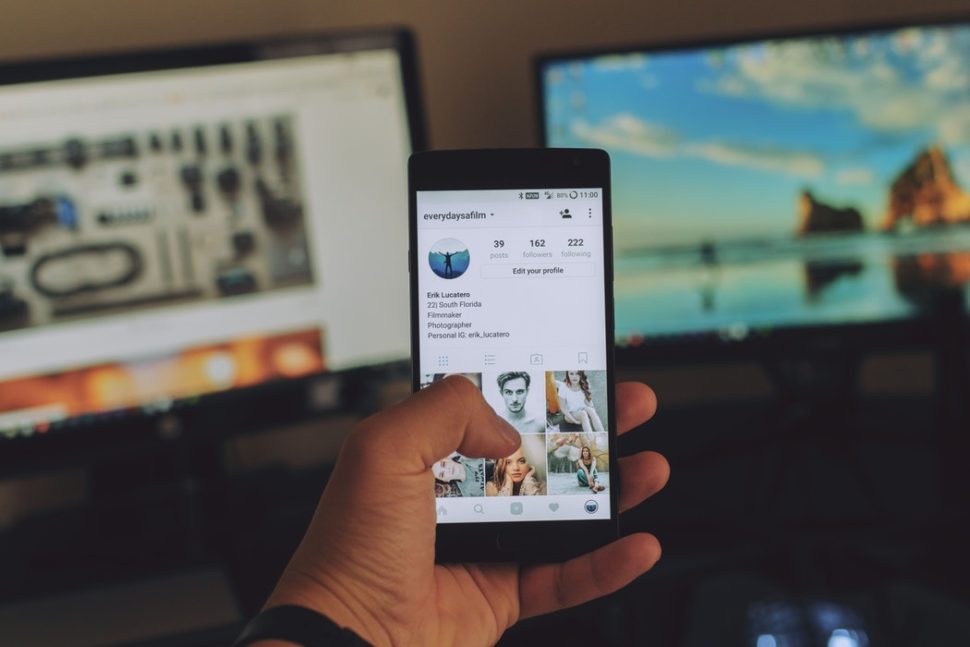
As a direct consequence of creating an online portfolio, there must also be good management of your profiles on social networks and on the internet in general.
It is very useful for a designer to share their works (without exaggerating) on ??social networks like Facebook or even Instagram, which is a phenomenal social media platform to promote yourself as a designer.
By sharing your work, you can show many people at one time what you’re capable of. You’re able to show off what you’ve done, and the skills required to do such things.
8. Feedback
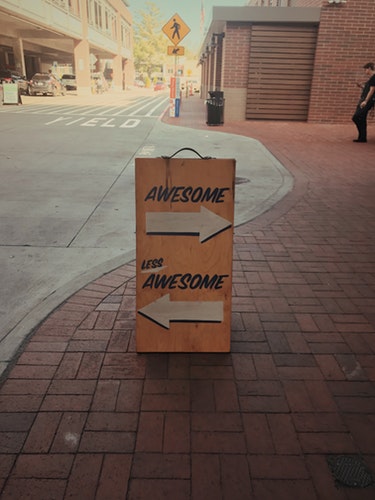
Another positive element that can lead to exhibiting one’s skills online is to get feedback. Of course, the opinions of those who are in the same industry as you are much more valuable and more “technical” than those who know nothing about graphics and design, but you always have to accept criticism from anyone in order to grow.
As a side note, accepting criticism does not mean getting yelled at or scolded for doing a bad job. No, it’s not fun to hear that someone doesn’t like your project, but it’s a vital part of your job. After all, it’s better to hear “I don’t like that” from a friend or colleague than it is from a paying client.
The conclusion
In conclusion, there are many useful tools out there to help you in your graphic design career. Some of these tools are more obvious than others, but they’re all equally as useful if you use them correctly.
Read More at 8 Things Every Designer Needs